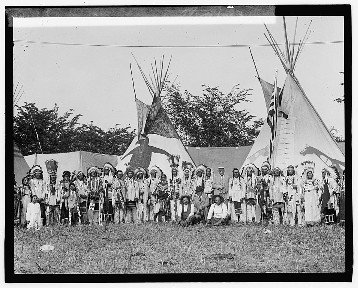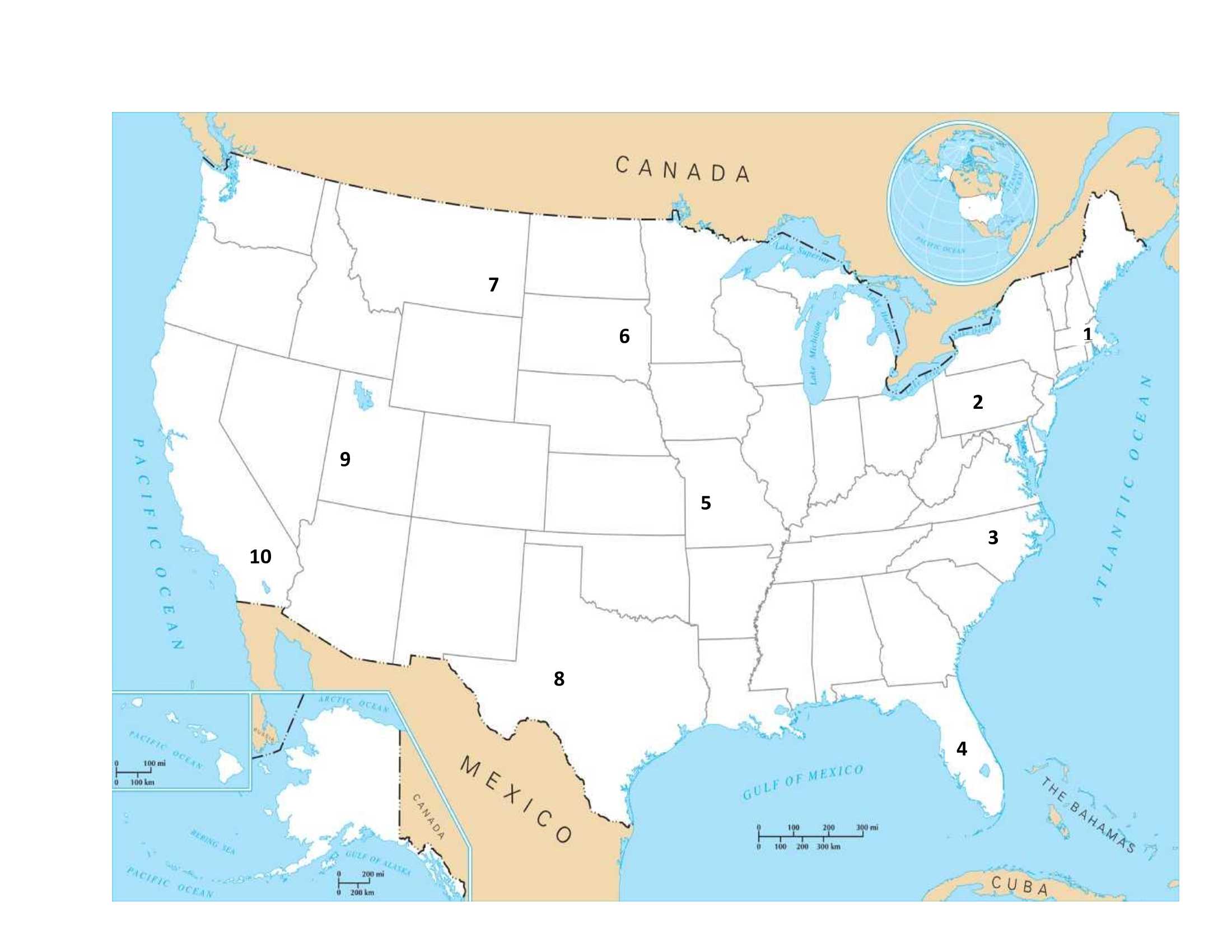
Native American Nations Trivia Quiz
Because in the past Native American tribes governed themselves, they are normally called Nations. These people were nomadic and did not recognize state boundaries once they were established, but it is still possible to locate them on a modern map.
A label quiz
by ponycargirl.
Estimated time: 3 mins.
